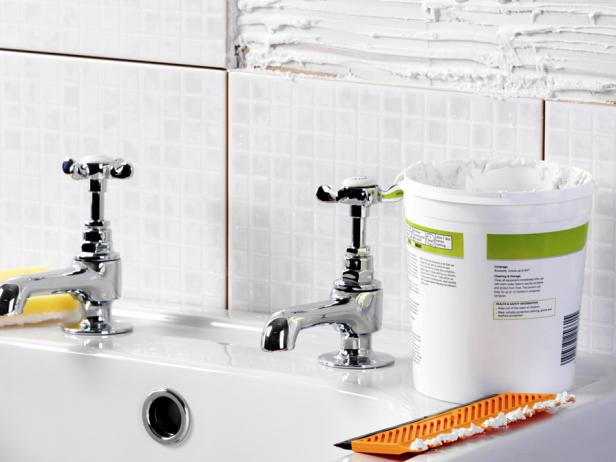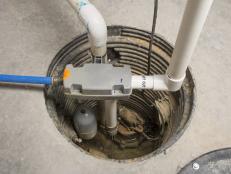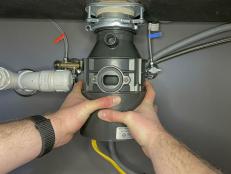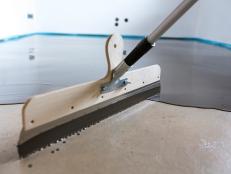Basement Plumbing: What You Should Know
Installing a bathroom in your basement doesn't have to be a hassle with these tips for basement plumbing.

Polka Dot Images
Adding a bathroom or additional basement plumbing to your finished basement can not only enhance the living space, but it might also increase the value of your home. But the basement is a below ground space, meaning that installing a toilet or sink can require a little more handiwork than that is required for basic plumbing.
10 Stylish Basement Laundry Rooms
See All PhotosWhen it comes to installing plumbing in a basement bathroom, there are a few options that may work for your space. If you are lucky enough to have a home that was built above the sewer lines, then you can attach the plumbing in the same manner you would if the bathroom was located above ground.
On the other hand, if a home's sewage pipes run above the level on which the basement is built, then there are two other systems from which a homeowner might choose in order to install basement plumbing. The first is an up-flushing system which relies on various tubes to push used water into the main sewage line. The other options is a sewage-ejector system. These systems work like a septic tank in the sense that they are enclosed in a container that sits beneath a toilet.
Keep in mind that digging into the foundation of a home always increases the chances of a leak. If installing basement plumbing requires going beneath the concrete, then you may want to consider the opinion of a professional.
See also: Planning a Basement Remodel
















































